Mountain Bike Wheels - Which Wheels should I get for My Bike?
Mountain bikers come in all shapes and sizes: one rider might use the bike to stay in shape during the winter. The other is trashing the trails all year long. Within each type of rider, there are numerous subcategories: do you ride locally or all over the world? At this point we haven’t even discussed budget… You get our point: it’s time for us to do a mountain bike wheels buyer’s guide!
When picking your new wheels, it’s important to consider the intended use first and foremost.
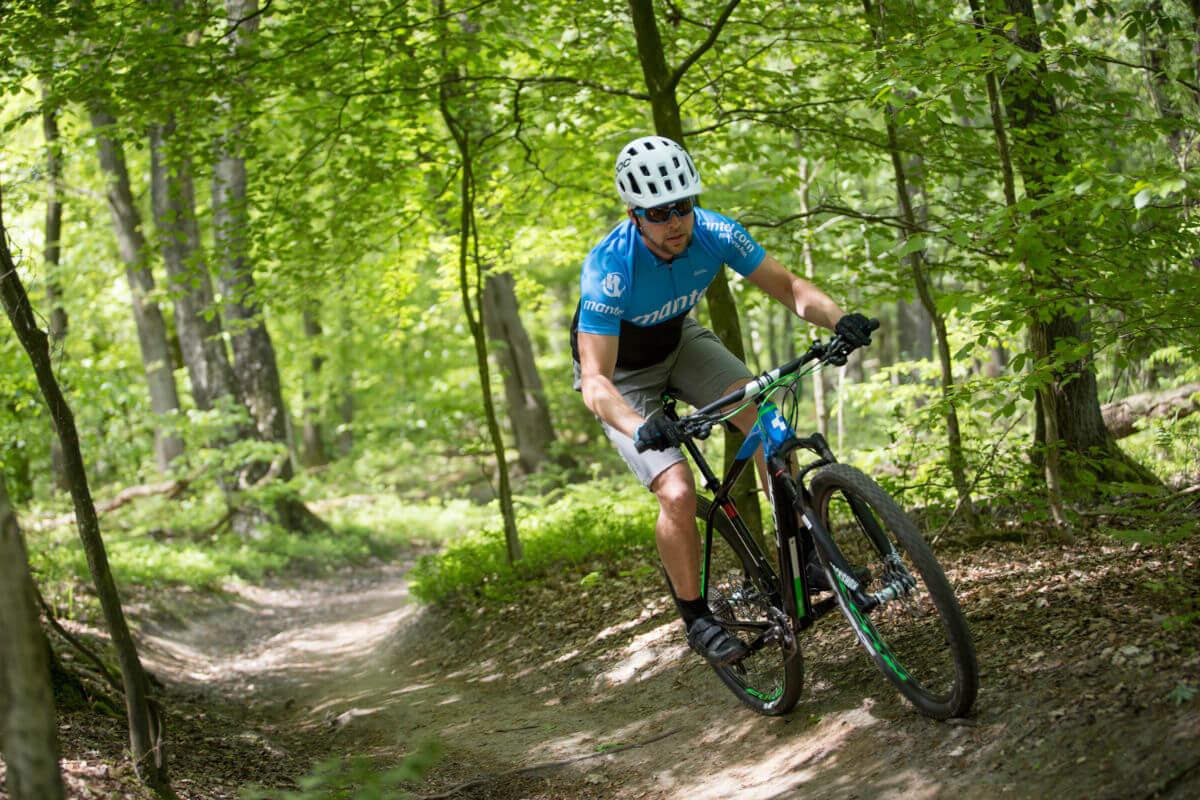
Most manufacturers have categorised their collections in such a way that they offer wheels for the three most common disciplines: cross-country, trail, and all-mountain.
Cross-country Mountain Bike Wheels
Cross-country is the most frequent discipline in the world of mountain biking. Cross country, the name says it really, is a descriptive for all sorts of surfaces and trails you might come across.
Wide country lanes, but to some degree the narrower singletracks as well, all fall into this category. They’re some of the most frequently used mountain bike wheels in the UK.
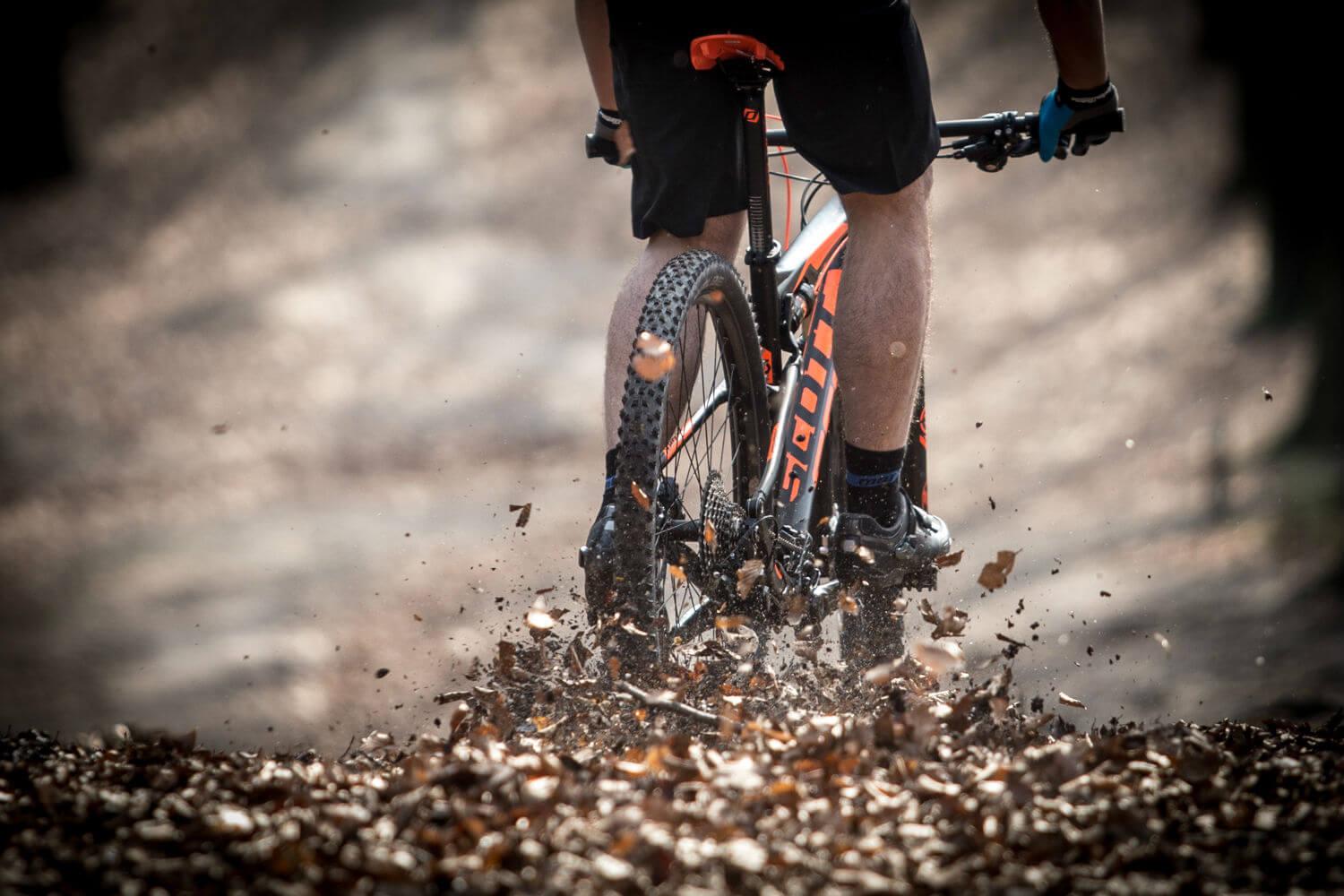
Cross-country bikes are relatively lightweight compared to some of the other disciplines. This also shows in the wheels intended for this use.
The wheels are usually lighter and narrower than wheels used in other disciplines. Tyres for XC wheels are normally between 2 and 2.25 inches wide.
The wheels and appropriate tyres often offer a great balance between weight, comfort, and grip.
Wider wheels and tyres do offer more grip and stability, but you don’t really need this in cross country use. Particularly because it makes the bike heavier and increases the rolling resistance.
Pro's and Con's of Cross-Country Wheels
- Low weight.
- Low rolling resistance.
- Wide range of applications.
- They don't offer the most grip.
- Not as stable as wider rims.
- Less suitable for heavy duty use, for instance in the mountains.
Trail Mountain Bike Wheels
Trail riding involves riding down single tracks and trails in the widest sense of the word.
The main difference between trail and cross-country lies in the technicality of the trails you ride. As the trails are more challenging with trail-riding, you need a different type of wheel.
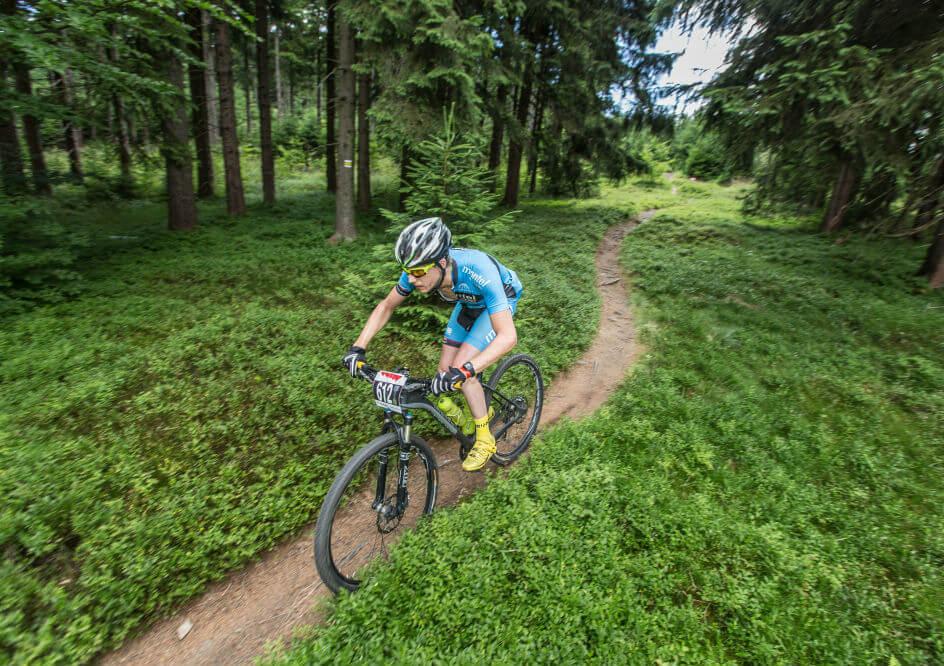
Mountain bike wheels suitable for trail use are wider than those used in cross-country. As the rim is wider, the wheel becomes stronger, more stable, and offers more control.
This is a welcome addition: riding around in the Ardennes or going for an enduro ride in the Alps demands a wider, stronger wheel than those used in cross-country. They’re also great to tackle some of your technically challenging local trails with.
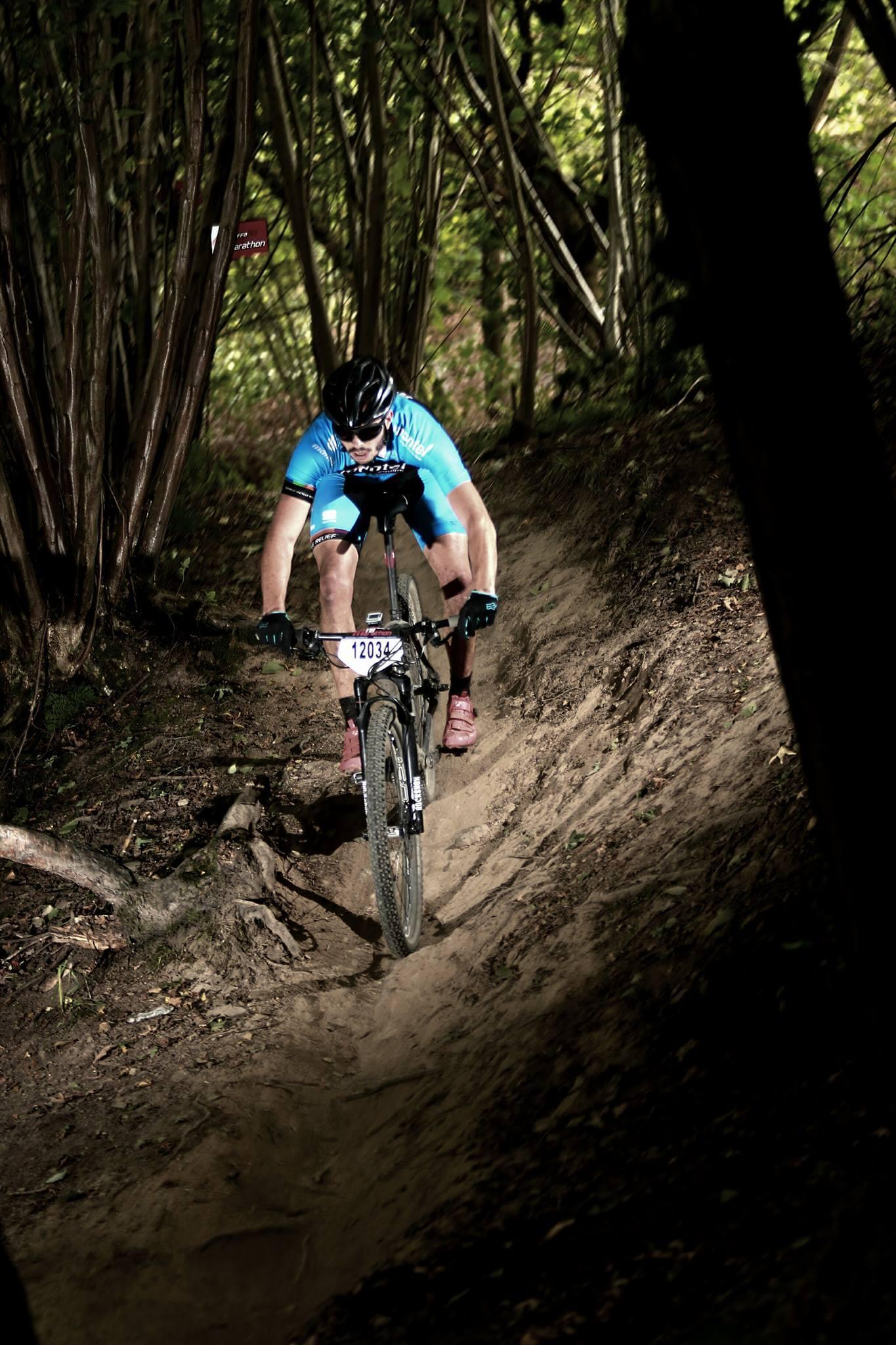
The internal rim width of trail wheels is often around 25 mm, meaning you’ll need some wider tyres as well. Tyres between 2.25 and 2.5 inches wide will offer maximum levels of grip and comfort when combined with these wheels.
Running these wheels tubeless at a lower tyre pressure will offer you even more grip!
Pro's and Con's of Trail Wheels
- The wide rim makes for a stronger wheel.
- The wide rim increases stability and control.
- Being able to run wider tyres means more traction.
- The wheels have a wide range of applications, and though not ideal, can be used for occasional cross-country rides as well.
- Heavier than cross-country wheels.
- Higher rolling resistance because of the wider tyres.
All-mountain Mountain Bike Wheels
In the all-mountain discipline, the wheels need to be able to cope with even the most mountainous terrains, meaning they need to be strong enough to handle steep and fast descends.
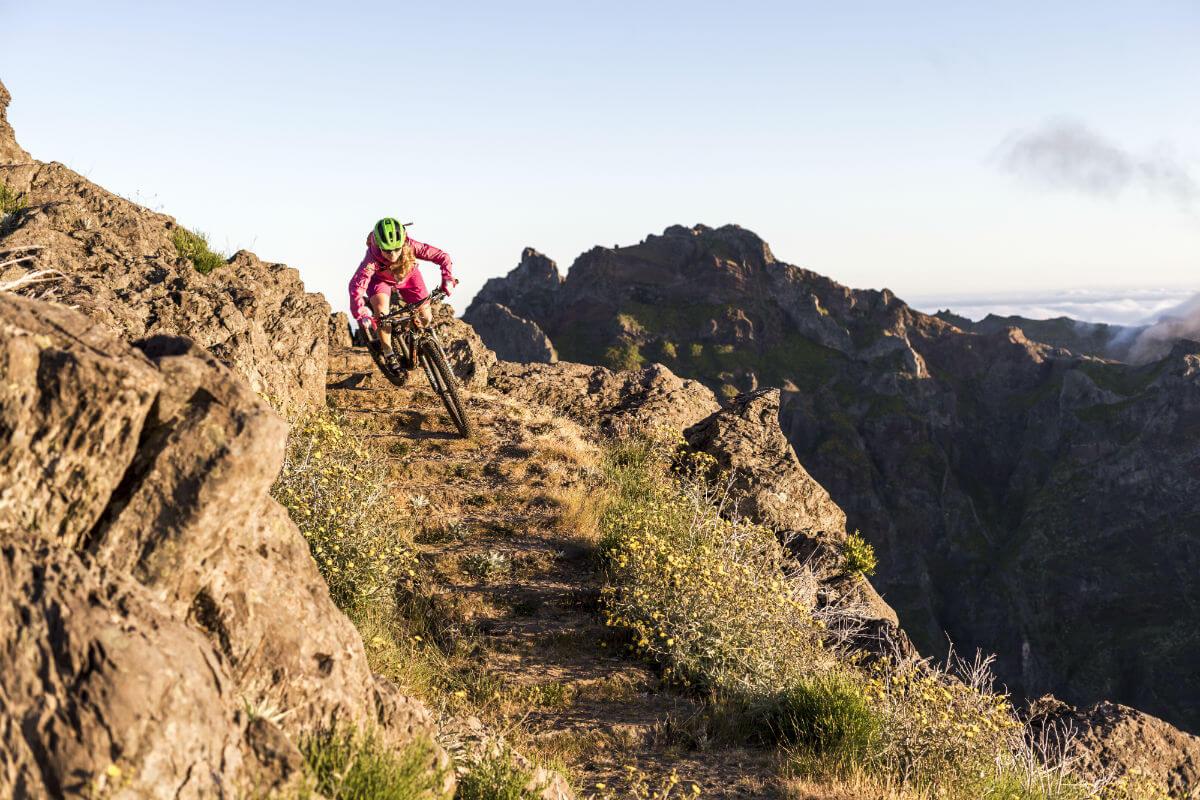
The higher speed, rocks, and jumps all mean your bike will get some serious punishment. We’re talking disciplines like freeride or downhill now. The rim used with wheels capable of taking the abuse of all-mountain riding is often even wider than those found in trail wheels.
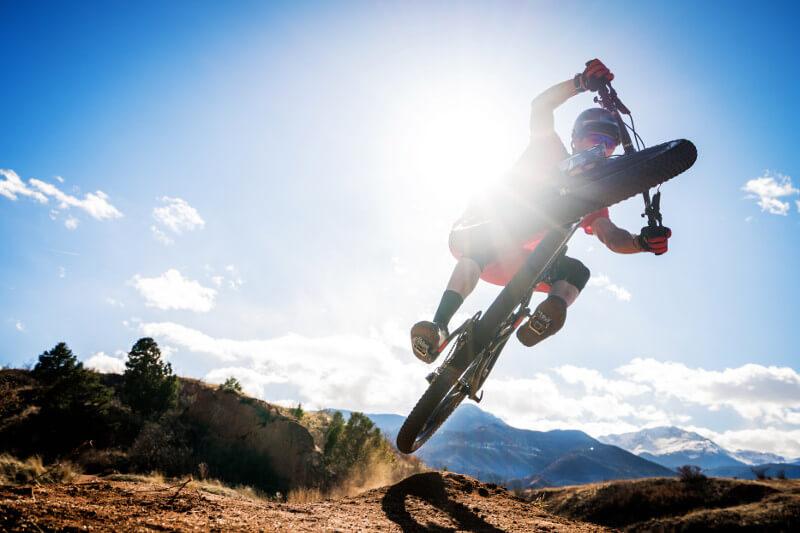
It’s also noticeable that 26” and 27.5” bikes are more popular in this discipline. Smaller wheels have shorter spokes than the 29ers, meaning they’re stronger.
The wide rim of the all-mountain wheels needs wide tyres. This discipline uses tyres between 2.35 and 2.80 inch in width.
Pro's and Con's of All-Mountain Wheels
- Hugely strong.
- Plenty of grip and control because of the wider rims and tyres.
- Their higher weight makes them less suitable for all-round use, but then they weren't designed for that either.
Boost Mountain Bike Wheels
Before we talk you through our range of mountain bike wheels, we would first like to discuss a new development in the world of mountain biking: Boost. Boost is the new standard for hubs, and uses 148 mm wide rear hubs rather than 142 or 135 mm.
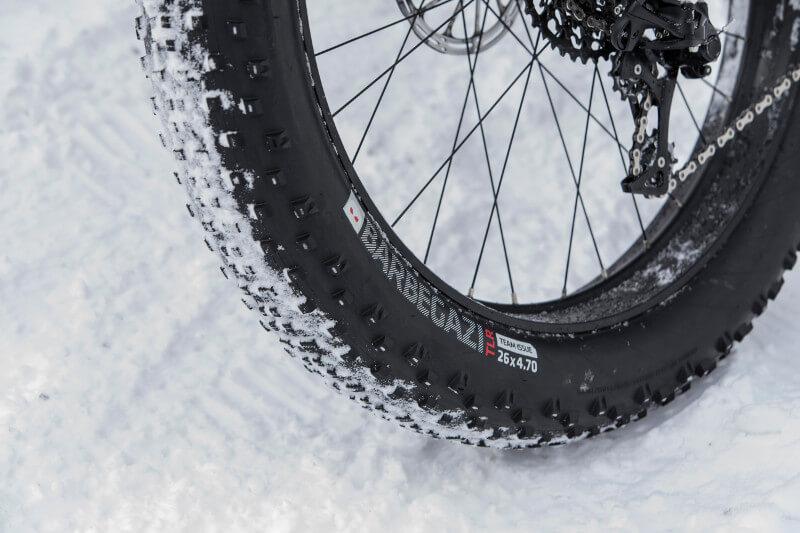
The front hub grows to 110 mm in width rather than the “old” 100 mm standard.
The wider hub offers more room for disc brakes or 12 speed cassettes. It also increases the width of the hub flange.
The flange is the part of the hub to which the spokes are attached. The wider this is, the wider the “umbrella-shape” of the spokes becomes, making the wheel stronger. Boost wheels are therefore stronger and more stable than wheels which have regular-size hubs.
Does this mean you can get the boost of Boost-wheels on any mountain bike? Sadly, no: the Boost-system also influences the location of disc brakes and crank width.
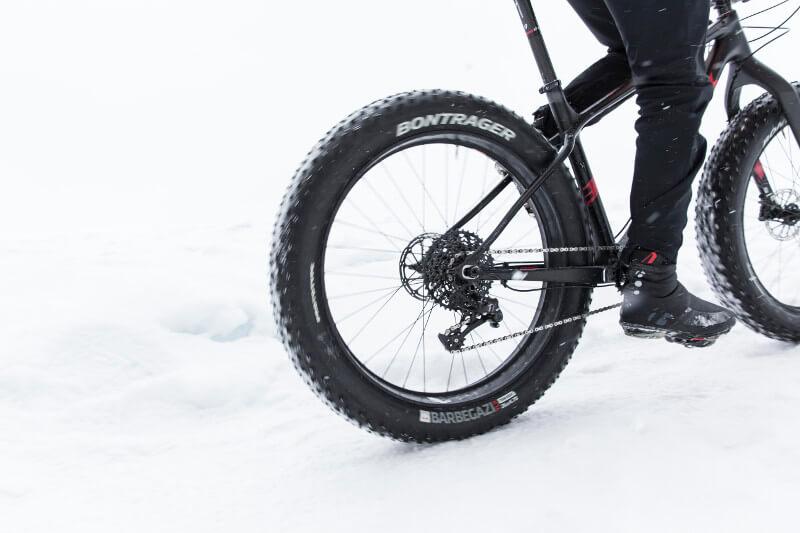
This is why a bike needs to be designed specifically to work with Boost wheels. Alternatively, bikes designed with Boost in mind can only use Boost wheels, and can’t be retrofitted with 135 or 142 mm wide wheels, not even with adapters.
Mantel Mountain Bike Wheel Range
We’ve got a range of mountain bike wheels by four different brands. Virtually all wheels are available in both 29 and 27.5 inch sizes, some are available in 26 inch as well.
- Syntace
- Mavic
- Shimano
Syntace
Syntace wheels stand out by their incredibly wide rim. We’ve got two different Syntace wheelsets in our range: the W30 MX and W35 MX. The “W” stands for “Width” in the name.
The W30 MX is 30 mm wide, and the W35 MX is -you’ve guessed it- 35 mm wide.
The internal width of the rims is 24.5 mm for the W30 MX, and 28.5 mm for the W35 MX. This enables you to run larger tyres, and naturally the rims are tubeless ready.
The wide rim means you can run the tyres at incredibly low pressures, making the level of grip absolutely phenomenal!
The W30 MX is particularly suitable for cross-country and trail use. The wider W35 MX wheels aim more at trail and all-mountain use.

Both wheelsets have excellent and strong hubs which also come in a Boost-version. Apart from being high quality hubs, they also stand out when it comes to adjustability.
Syntace has developed the MicroAdjust system which allows you to precisely tune the hubs. According to Syntace, bearings will last considerably longer in these hubs (provided they’re set up properly) than they would otherwise do in non-adjustable hubs.
Mavic
We’ve got virtually the entire Mavic range of mountain bike wheels in our store, and not without reason. Mavic mountain bike wheels are well-known for their high quality and reliability.
On top of that, Mavic has seriously overhauled their entire range of wheels over the last year.
XC wheels
Mavic’s range of cross-country wheels has been given the appt name of “Crossmax”. All of the wheels in this group are lightweight because of the strong and light Maxtal rim which uses a hookless profile.
This refers to the lack of hooks in the rim for the tyre to grab onto, meaning there’s less material being used, creating a lighter rim.
Another special feature of the Crossmax wheels is the ITS-4 body on the hubs. The body uses 4 pawls and offers an extremely small angle of engagement. This means quicker acceleration, something you can always do with in the forest.
Crossride
Mavic’s Crossride series is rather special, as the wheels are suitable for both cross-country and trail use. Mavic is known for offering their wheels with appropriate tyres, meaning most wheels come with tyres straight from the factory.
It’s these tyres which determine whether the wheels are suitable for cross-country or trail.
The narrow and lightweight Pulse tyre makes the wheel particularly suitable for cross-country use, while the wider and rougher Quest tyre gears it more towards trail use.
Trail
With the XA Elite and XA Carbon, Mavic has two sets of fantastic trail wheels on offer. The XA Elite has a 25 mm internal rim width and is fitted with 2.35 inch wide tyres for some serious traction.
The XA Carbon offers broadly similar performance, but has an internal rim width of 26 mm instead.
In order to keep the weight of the wheels down -making it easier to get up climbs- Mavic has once again used the hookless rim profile. The XA Elite uses the ISM4D technology which lowers the weight of the rim without sacrificing strength.
Because of the use of carbon, the XA Pro Carbon is almost 200 grams lighter still than the XA Elite!
Deemax
For the brutal all-mountain use, Mavic developed the Deemax wheels. We’ve got the Deemax DH in our range, where DH stands for downhill. This makes them strong enough for even the most punishing rides.
Shimano
Shimano has two excellent sets of mountain bike wheels at the Deore XT level, namely the XT M8000 and XT M8020. The M8000 is the race version intended for cross-country use.
The M8020 is the trail version, which is 4 mm wider and uses a stronger rim. This makes it suitable for wider tyres, allowing you to tackle the more heavy duty stuff!
Shimano XTR M9000 and M9020
The XTR series by Shimano has a similar composition as the XT range: the M9000 is suitable for XC use, whereas the M9020 is wider and more suitable for trail riding.
The XTR series is considerably more expensive than the XT range, but not without reason. The rim is made using a blend of carbon and aluminium, which Shimano refers to as the “Carbon Laminate” structure.
Firstly, this lowers the overall weight of the wheelset considerably over the XT range. Furthermore, it combines the durability of aluminium with the rigidity of carbon, something which is ideal according to Shimano.
It does mean however that these wheels are a little heavier than some of the other wheels in this price bracket.
Conclusion
Apart from the differences between wheels in various price ranges, the main differences can be found in the intended application: cross-country, trail, or all-mountain.
The cross-country wheels are predominantly suitable for long rides over country lanes or on rides where low weight and rolling resistance matter most.
The wider and stronger, but heavier, trail wheels are particularly well-suited for those who like to tackle technical single tracks, or who like to go on an occasional trip abroad to find themselves some more trails to monster.
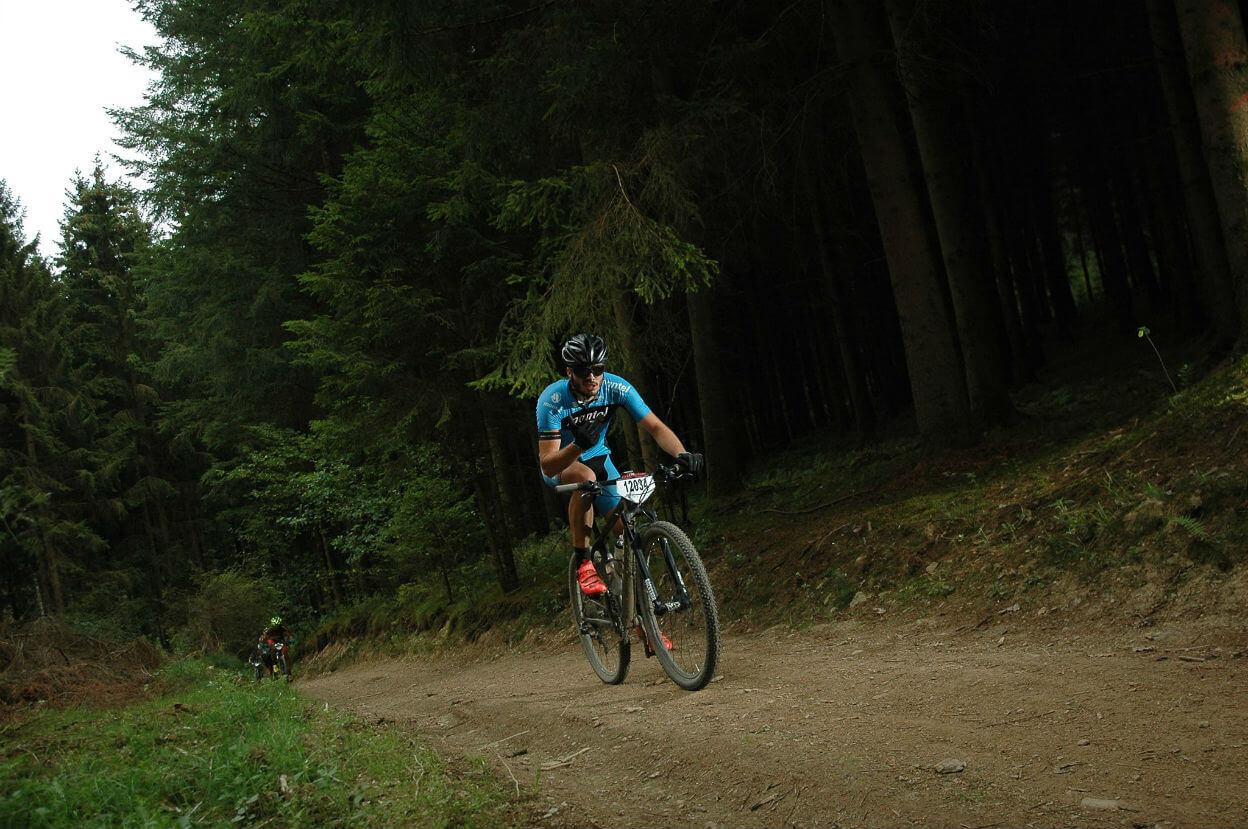
Furthermore, the old saying “the more you pay, the more you get” generally applies here. Which wheelset is most suitable for you isn’t just determined by what you’re going to do with it, but how much you’re willing and able to pay as well.
Finally: finding the right wheels is important if you want to get the most from your bike, but getting the right tyres is at least as important!
Mees Janssen
I am very occupied with everything that has to do with cycling in my spare time. The fact that I get to do this during my job as well makes it all the more special. Since I live in Arnhem, I like to go cycling in my “backyard” (de Posbank) with my road bike or mountain bike. Besides cycling myself, I also love to watch professional cycling on the tv. My television is doing overtime during the summer, because I like to follow all the big cycling tours like the Giro, the Tour de France and the Vuelta. It may come as no surprise that when the Giro d´Italia crossed Arnhem in 2016, I was over the moon!
Related posts

Winter shoes for cycling on chilly, cold and ice cold days [Buyer’s Guide]
13 December 2022You demand more from your cycling shoes during winter. Few things are as uncomfortable as riding with cold feet ...

Turbo Trainers 2018-2019 - Which Trainer Best Suits Your Needs? [Buyer’s Guide]
13 October 2022Want to cycle with and against fellow cyclists using a turbo trainer at home? Thanks to the rise of Zwift that’s ...
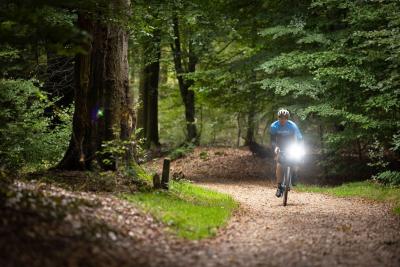
Bike Lights Buyer’s Guide 2022-23: Be safe on the road!
27 September 2022Having bike lights might be the easiest and most important way to be safe whilst cycling ...
 Nederland
Nederland België
België Deutschland
Deutschland United Kingdom
United Kingdom Finland
Finland Ireland
Ireland Luxembourg
Luxembourg Portugal
Portugal Poland
Poland Österreich
Österreich France
France España
España Italia
Italia Sverige
Sverige Danmark
Danmark










































































































































































































































